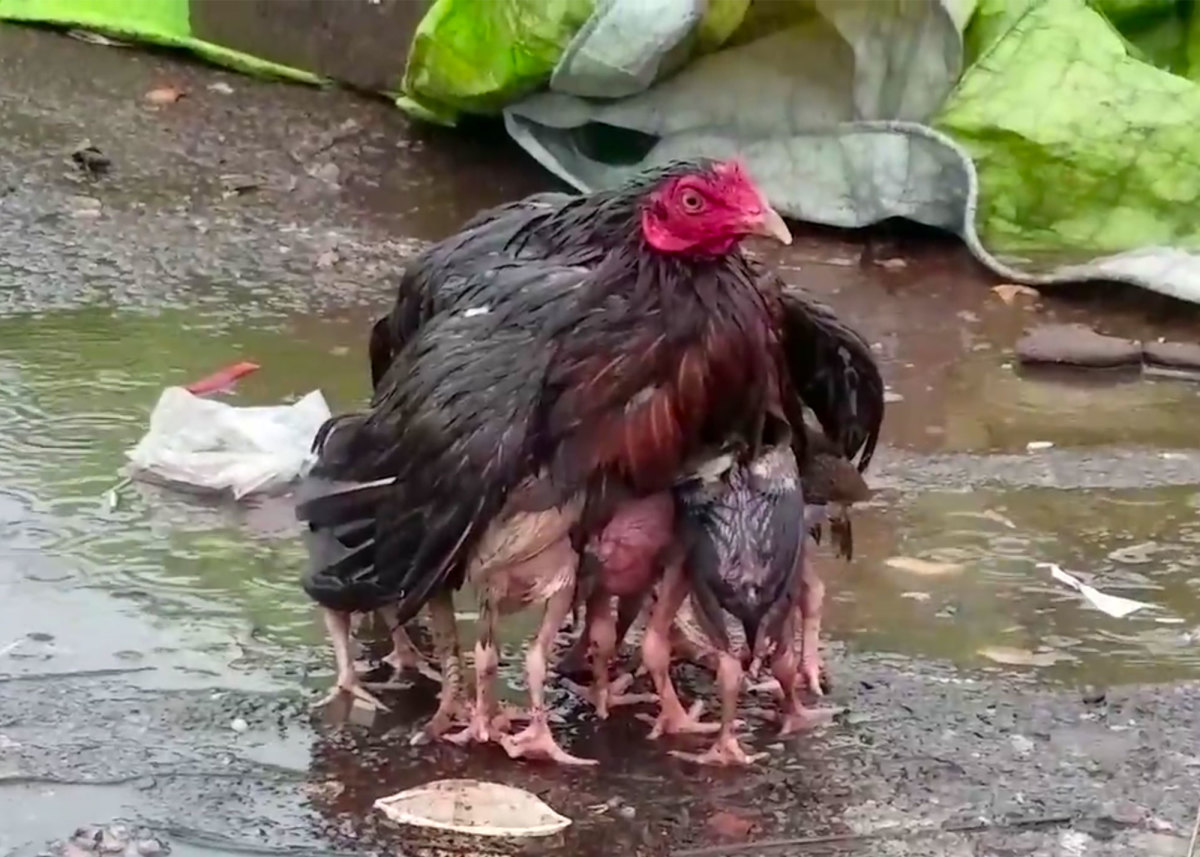Children and Lying

We learn early in life that not everyone has the same values and morals as we do. Generally, this happens when a child first has larger contact with other children, such as pre-school or Kindergarten. It is not surprising that many of the children we work with begin to have notable social problems right around the time they enter school.
Children who come into mental health or other social services often have issues with telling the truth and being honest. The reasons for this are many: the child may have had very poor role models for truth telling and honesty, they may have many behavioral problems that force them to self protect by lying, or, they have lived in chaotic, traumatic situations where lying was a genuine survival technique. It is likely that a person’s sense of honesty and truth are encoded, or deeply set, when they are quite young.
When catching a child in a lie, most adults will confront the child with questions such as:
“Are you telling the truth?” or: “Why are you lying to me?” Or, statements such as “You are not telling the truth.” While these questions and statements may be valid if the child we are challenging has grown up in an honest, truth telling environment, they are not likely to be effective tools with children who come out of the situations stated above. There are some more effective questions to use to help reshape the earlier encoding of truth and honesty. These questions are sued to help the child think through the process of telling the truth. Remember, the child likely has not had effective learning in their early life about honesty and truth. Try these for a month or two with the children you work with:
“Tell me what the truth is?” When we use the word what in the sentence, it infers a greater value on the word truth. This is subtle, but it is better than just “tell the truth”. Often, when a child hears “tell the truth” they associate this with an accusation that they are telling a lie, have been caught, and will receive harsh punishment. The addition of the word “me” places the entire question into a relational context that is gently seeking the truth, giving the child the benefit of the doubt.
“Why is my truth different from yours?” This is a gentle challenge to the child that perhaps they are not being totally honest. It also demonstrates respect for the possibility and reality of two people having two different perspectives on the same event. It affords the possibility of compromise on perspectives. It also invites conversation and thinking through, which is key to helping a child with poor ideas of truth and honesty to re-learn these concepts.
“There is only one truth.” This is a mild confrontational statement that places pressure on the child to take a moment to think about the confrontation. It does not accuse the child, but rather places them in a situation where they understand that you will not back down
“Tell me what happened?” This is not intended to be confrontational, but helpful to the child. In this effort, you are trying to help the child to reconstruct the events. Help them recall, step by step what happened in a situation in an effort to find the truth.
“What did you do?” What is always a better question than why. When we ask what, we are focusing on behavior rather than personal attack on the child. Teaching children about truth and honesty is not about the adult getting revenge that they lied (which is how many children who have had poor learning view it).
“Tell me if what you did was wrong or right?” This places the child in the position to reason through their behavior and think out if it was a good or bad decision. When we simply tell the child that they have lied or not been truthful, we are not teaching them how to think through their moral decisions.
“Did you break a rule? What rule?” Again, this does not simply feed the consequence answer to the child, it forces them to think about the standards of the environment.
“What are rules for?” This is a question that you need to supply an initial answer for. Keep the answer simple and easy to remember, and drill the child with it until they too have it down pat. Here is an example of a possible answer: “Rules are to keep us all safe and our home in order.”
“What happens when we break the rules?” Again, a set answer is the idea: “When we break the rules, people might get hurt and our home gets confusing.”
- Home - W.E. Krill, Jr. M.S.P.C.
Welcome to the professional website of W. E. Krill, Jr. M.S.P.C. Bill is an experienced counselor with children, teens, families, adults, and couples. He specializes in treating children and adults who have PTSD as a result of interpersonal trauma.









